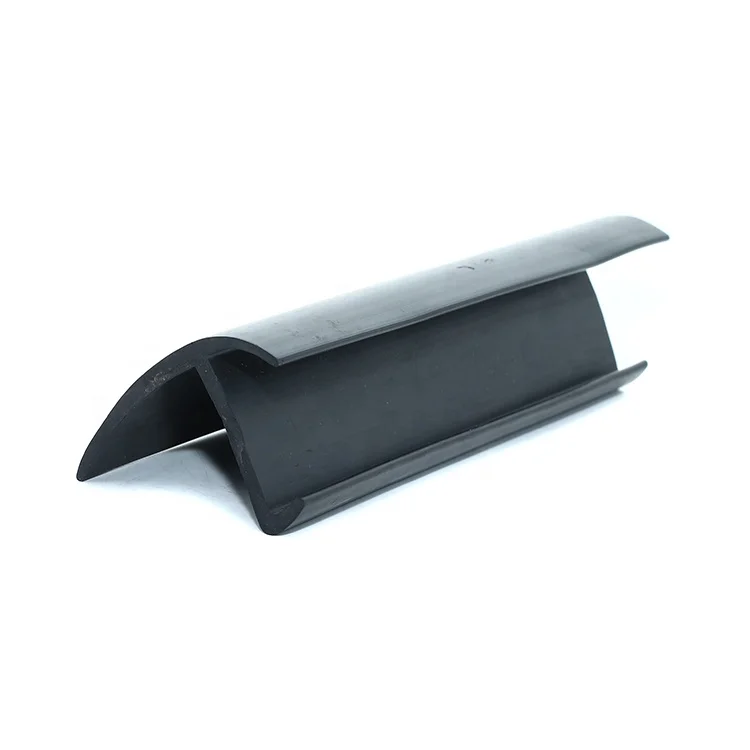Versatile Clear Silicone Rubber for Various Applications in Crafting and Industrial Projects
កក្កដា . 30, 2024 04:16 Back to list
Versatile Clear Silicone Rubber for Various Applications in Crafting and Industrial Projects
Exploring Transparent Silicone Rubber Versatility and Applications
Transparent silicone rubber is an innovative material that has garnered increasing attention across various industries due to its unique properties. Combining flexibility, durability, and optical clarity, this versatile material opens up a world of possibilities for manufacturers and designers alike. In this article, we will explore the characteristics, advantages, and applications of transparent silicone rubber.
Characteristics of Transparent Silicone Rubber
Silicone rubber is a synthetic elastomer that incorporates silicon, oxygen, carbon, and hydrogen. The transparent variant is particularly prized for its clarity, enabling it to serve applications where visual observation of contents or components is essential. It is resistant to extreme temperatures, typically functioning effectively within a range from -60°C to +200°C. This thermal stability makes silicone rubber suitable for applications in environments that experience significant temperature fluctuations.
One of the most notable characteristics of transparent silicone rubber is its excellent flexibility. This elasticity allows it to be molded and shaped into various forms without risking breakage. Furthermore, its inherent UV resistance prevents yellowing or degradation over time when exposed to sunlight, preserving its clarity and mechanical properties. It also boasts high tear strength and tensile strength, making it resistant to wear and tear in demanding applications.
Advantages of Transparent Silicone Rubber
The benefits of transparent silicone rubber extend beyond its physical properties
. One significant advantage is its biocompatibility, making it suitable for medical applications such as tubing, gaskets, and molding for devices that come in contact with human tissues. Additionally, its non-toxic and hypoallergenic nature makes it an ideal choice for food-grade applications, including cooking utensils and storage containers.Another advantage is its electrical insulation properties. Transparent silicone rubber effectively prevents electrical conduction, making it a reliable choice for various electronic and electrical components. Its ability to endure harsh environmental conditions without losing integrity also makes it functional in automotive and aerospace applications, where reliability is crucial.
transparent silicone rubber

Moreover, the transparency of this silicone rubber enhances aesthetic appeal and functionality. It allows for the creation of visually appealing products that can showcase internal components or colors, essential for consumer goods such as packaging and design elements in electronics.
Applications of Transparent Silicone Rubber
The applications of transparent silicone rubber are vast and diverse. In the medical field, it is utilized in the manufacturing of catheters, valves, and other medical devices that require a high degree of sterility and visibility. Its biocompatibility ensures that it is safe for use in surgical procedures and patient care.
In the food industry, transparent silicone is used for baking mats, molds, and food storage solutions that require non-stick and dishwasher-safe qualities. The ability to see the contents without opening the container adds convenience for users, enhancing the overall functionality of kitchen products.
The automotive sector also benefits from this innovative material. Transparent silicone rubber is used in weather stripping, gaskets, and light covers, providing both protection and aesthetic appeal to vehicles. In electronics, it serves as encapsulation material for sensitive components to protect against moisture and dust.
Conclusion
Transparent silicone rubber is a remarkable material that embodies versatility and functionality. Its unique properties, such as temperature resistance, flexibility, and optical clarity, have made it a valuable asset across various industries. As technology continues to evolve and the demand for innovative materials grows, transparent silicone rubber is set to play an integral role in shaping the future of manufacturing and design. Whether in medical devices, food applications, or automotive solutions, its presence is sure to enhance both performance and aesthetics in countless products.
-
Plastic + Aluminum Channel Aluminum Groove Belt Supplier - Premium Channel Edge Products Exporter
NewsJun.10,2025
-
High Quality Chrome Trim Strip Leading Manufacturer & Custom Factories Service
NewsJun.10,2025
-
Premium Car Trim Strip – Leading Car Moulding Trim Strip Exporters & 3 Car Moldings Trim Strip Manufacturers
NewsJun.10,2025
-
Premium White Transparent PVC Adhesive Strips Strong Bond & Waterproof
NewsJun.10,2025
-
Premium Plastic Aluminum Channel Groove Belt for Durability
NewsJun.10,2025
-
Aluminum Rubber Edge Channel Groove Sideband Durable Edge Protector
NewsJun.10,2025
